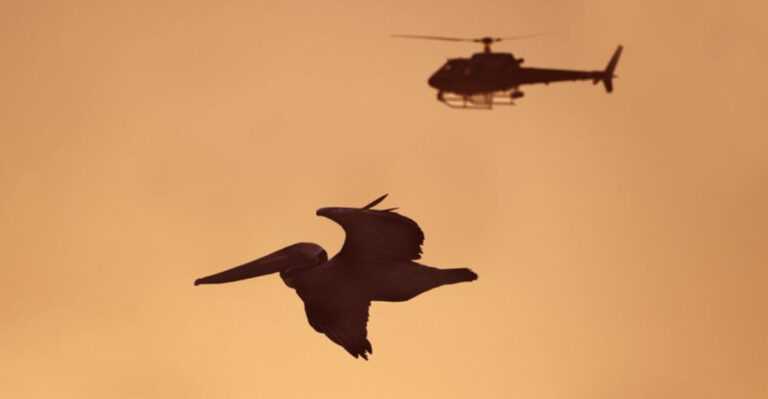12 U.S. States With The Highest Risk Of Rattlesnakes

Exploring the outdoors is exciting, but it’s important to be aware of the wildlife around you. Rattlesnakes, known for their rattling sound, are found in many parts of the U.S.
These snakes are an important part of the ecosystem but can pose risks to hikers, campers, and residents. In this guide, we look at the ten states where you should be extra cautious of rattlesnakes.
1. North Carolina
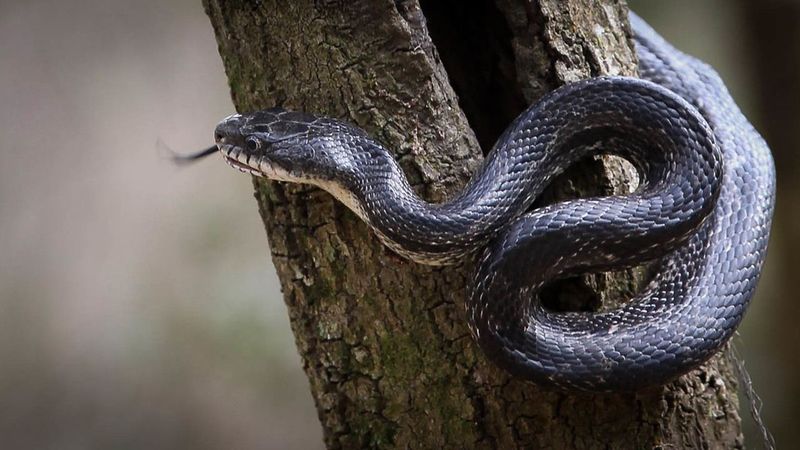
North Carolina is home to rattlesnakes like the Timber and Eastern Diamondback, which prefer woodlands and rocky hillsides.
Their ability to camouflage makes them hard to spot, so awareness is key when exploring.
Wearing proper footwear and sticking to marked trails can reduce the risk of an encounter. Educating children about avoiding rattlesnakes is also a smart precaution.
Despite their intimidating appearance, rattlesnakes help control small animal populations, maintaining a balanced ecosystem.
2. Idaho
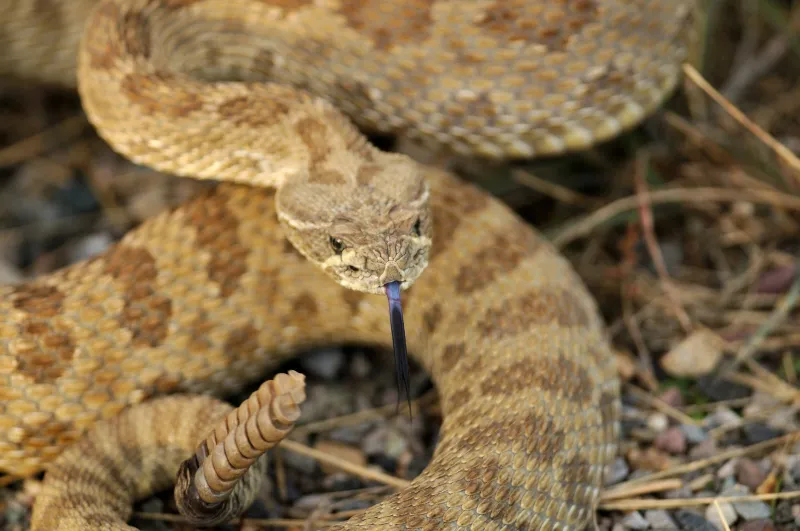
In Idaho, rattlesnakes find shelter in the rocky terrains of the Snake River Canyon. They blend into the rugged landscape, basking in the sun while staying hidden.
When hiking or exploring, always be cautious as you navigate the trails. Idaho’s rattlesnakes are venomous, making any encounter potentially dangerous.
A walking stick is a great tool to alert these sneaky creatures of your presence. Stay aware, and you’ll be able to enjoy Idaho’s beauty safely!
3. Colorado
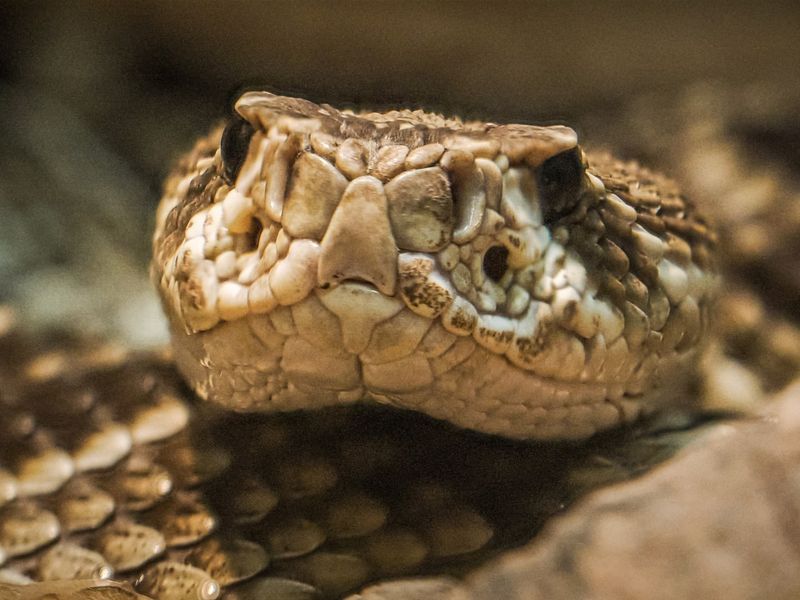
In Colorado, rattlesnakes are commonly found in lower elevations with warmer climates.
Species like the Prairie and Midget Faded rattlesnakes thrive in rocky outcrops and grasslands, basking in the sun.
When hiking or picnicking in these areas, it’s important to stay cautious.
Wearing high boots and sticking to marked trails can help avoid surprises, and teaching kids to stay away from snakes is essential.
4. Arizona
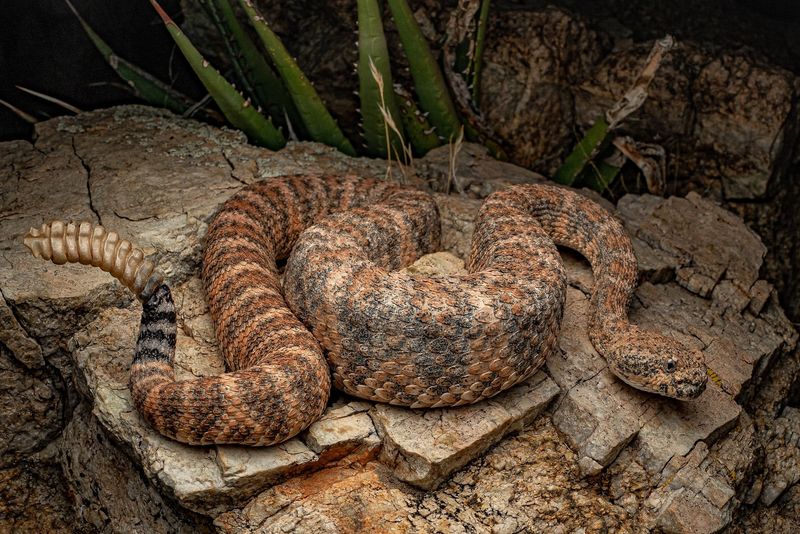
Arizona’s diverse landscapes, from deserts to forests, provide the perfect home for rattlesnakes.
The Western Diamondback is one of the most common species found here, often near hiking trails.
Their rattling sound is a warning, but it’s important to keep your distance.
Rattlesnakes are most active in warm weather, so be extra cautious during the spring and summer months.
With over a dozen rattlesnake species in the state, each adapted to different habitats, knowledge is key.
5. Texas
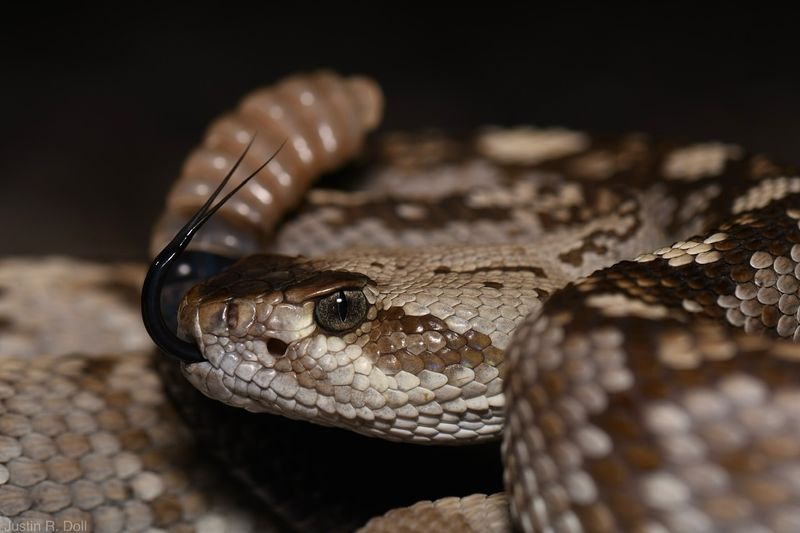
In Texas, rattlesnakes are common, especially in rural and remote areas.
The Western Diamondback, Mojave, and Timber rattlesnakes are just a few species found in deserts, grasslands, and wooded regions.
Texans often encounter these snakes near farms or while exploring the countryside. To stay safe, it’s best to watch your step, use a flashlight at night, and stay on marked paths.
Rattlesnakes prefer shady spots during the hottest part of the day, so understanding their behavior can help you avoid them.
6. California
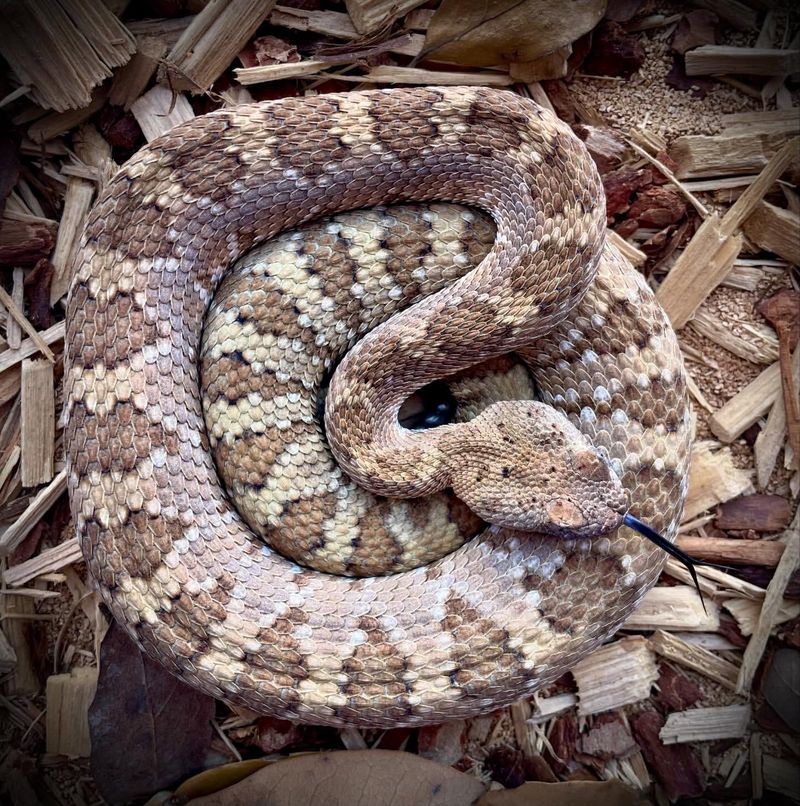
California’s diverse landscapes are home to several rattlesnake species, including the Pacific Rattlesnake. They thrive in ecosystems ranging from coastal areas to deserts and mountain ranges, often basking on sunlit rocks.
When hiking in places like the Sierra Nevada or national parks, staying alert is key. Wearing long pants and high boots can provide extra protection, and it’s wise to avoid tall grass and rocky crevices where snakes may hide.
Understanding their life cycle and habitats can help you stay safe while enjoying the outdoors. Rattlesnakes play an important role in controlling pests, contributing to California’s ecological balance!
7. New Mexico
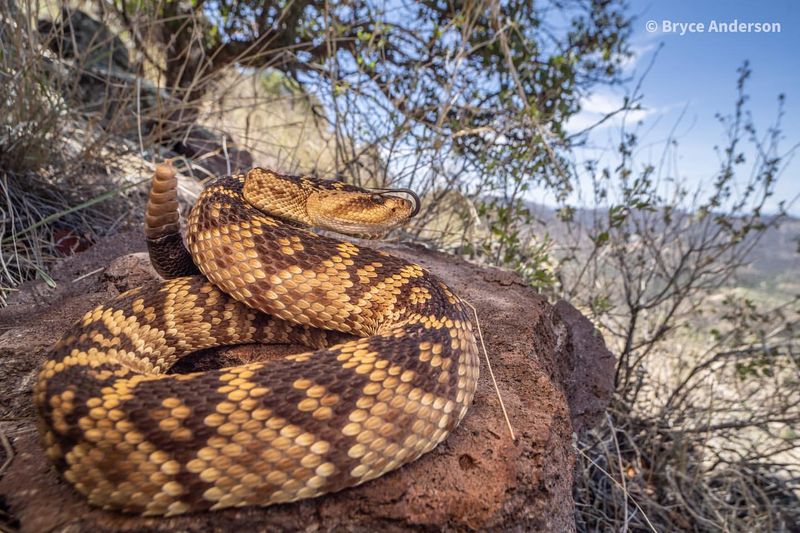
New Mexico’s dry climate is the perfect home for rattlesnakes like the Western Diamondback and Prairie Rattlesnake. These snakes thrive in deserts and grasslands, perfectly suited to the arid conditions.
If you’re in New Mexico, stay cautious, especially in warmer months. Always check your campsite and keep tents zipped shut to avoid any surprises.
Wearing gloves when reaching into crevices can help prevent bites. Rattlesnakes may seem intimidating, but they play a vital role in controlling rodents.
8. Nevada
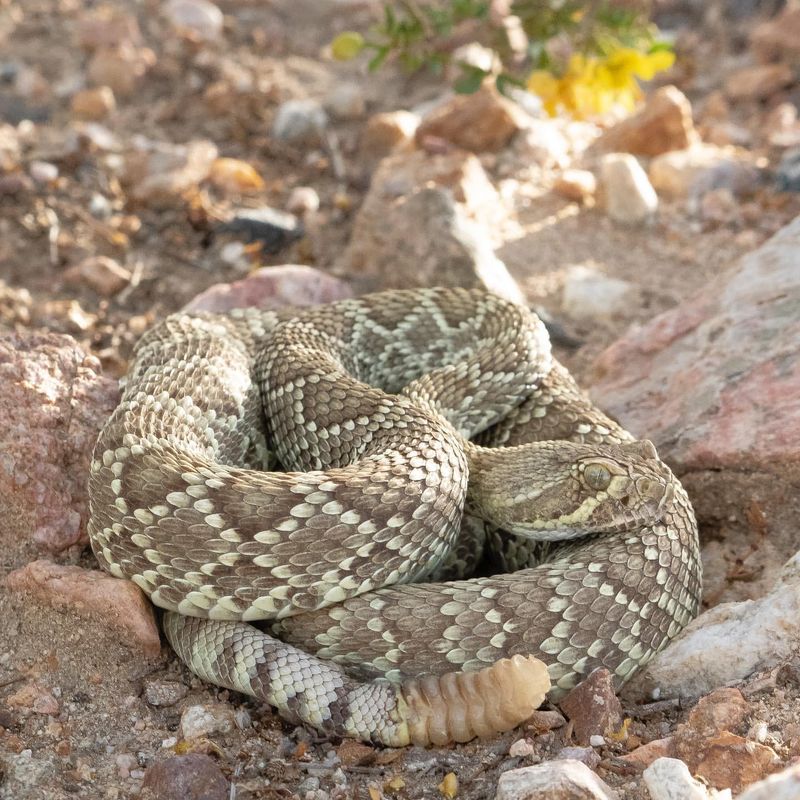
Nevada’s vast deserts and sparse vegetation make it the perfect home for rattlesnakes, like the Sidewinder.
These snakes move sideways, letting them glide through hot sand with ease.
When exploring Nevada’s wilderness, stay alert for these sneaky creatures.
Wear sturdy shoes and watch out for rocks and bushes, especially at dusk and dawn when they’re most active.
Understanding their role as predators helps appreciate Nevada’s wildlife. Rattlesnakes control the rodent population, keeping the ecosystem in balance!
9. Florida
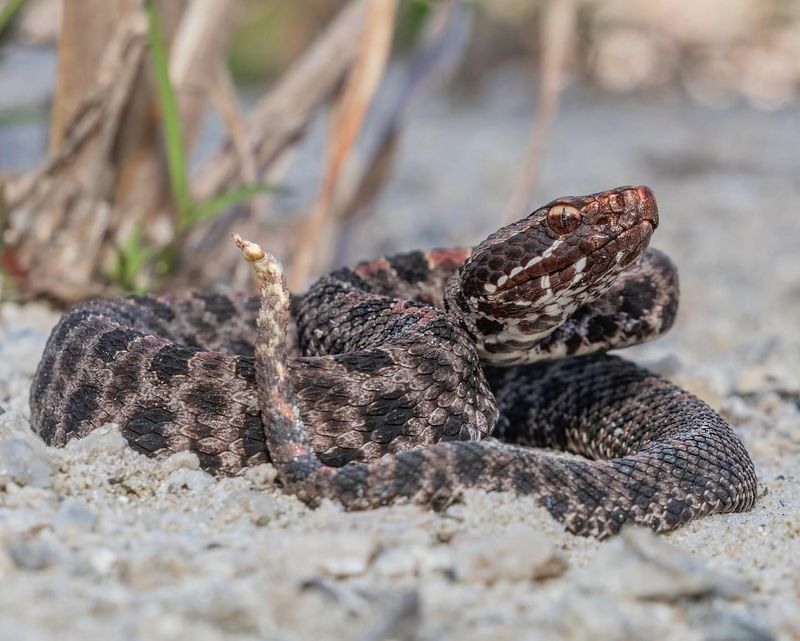
Florida’s subtropical climate is perfect for rattlesnakes, like the Eastern Diamondback and Timber rattlesnakes.
These snakes thrive in swamps, forests, and coastal dunes, taking advantage of the humid environment.
When exploring Florida’s wild areas, stay cautious as snakes can blend into the underbrush.
Wearing snake-proof boots and using a walking stick can help prevent surprises, and always stay alert near water bodies.
Despite their intimidating reputation, rattlesnakes are vital for controlling small animal populations.
10. Georgia
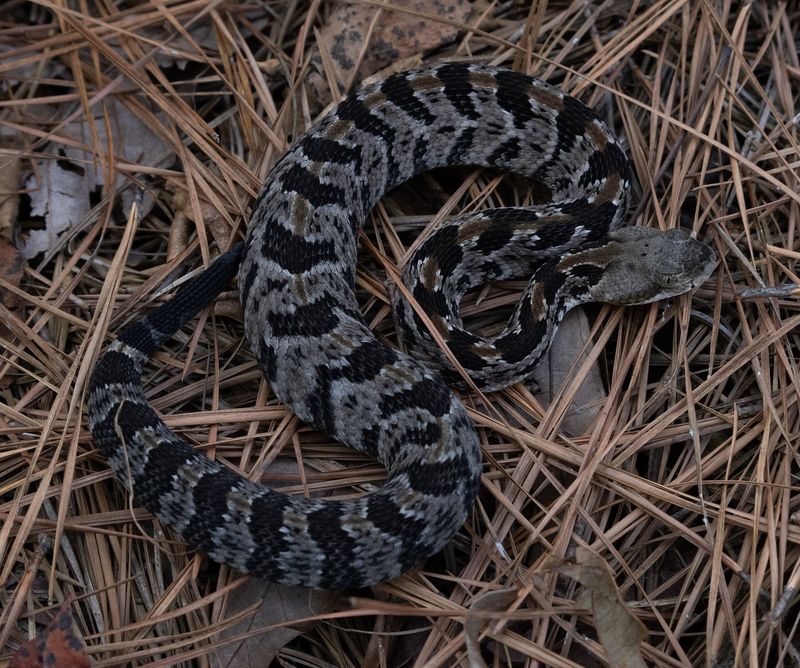
In Georgia, rattlesnakes like the Eastern Diamondback and Timber Rattlesnakes can be found in environments from coastal areas to inland forests.
Their cryptic coloration helps them blend into leaf litter or brush, making them tricky to spot.
For outdoor lovers, it’s important to stay cautious and keep a safe distance when encountering one.
Wearing protective clothing and watching where you step can help prevent surprises, especially since rattlesnakes are more active during the cooler parts of the day.
11. Oklahoma
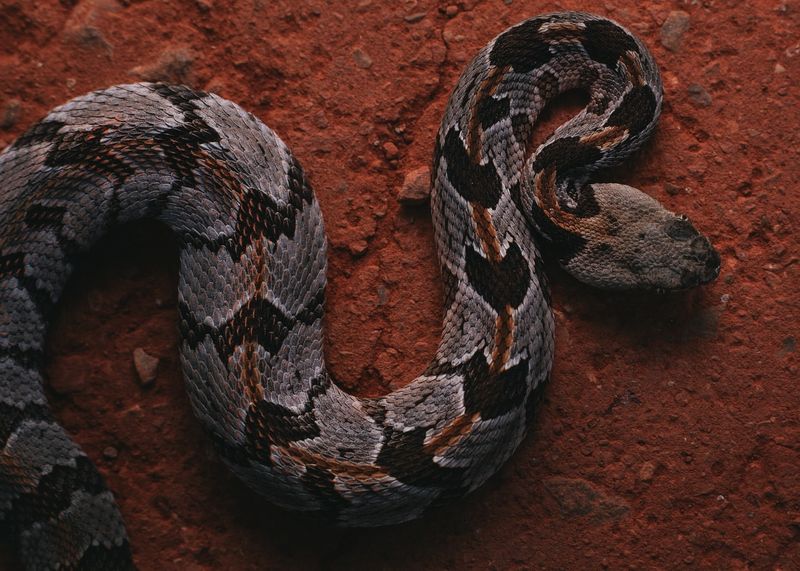
Oklahoma’s diverse landscapes, from prairies to forests, are home to rattlesnakes like the Western Diamondback and Prairie Rattlesnakes.
These snakes blend seamlessly into grasslands and rocky areas, making them hard to spot.
When exploring Oklahoma, staying on designated paths and wearing protective footwear can help reduce the risk of encounters.
Using a flashlight at dusk or dawn can also make spotting these sneaky reptiles easier.
Though often misunderstood, rattlesnakes play a crucial role in controlling pests and maintaining ecological balance.
12. Massachusetts
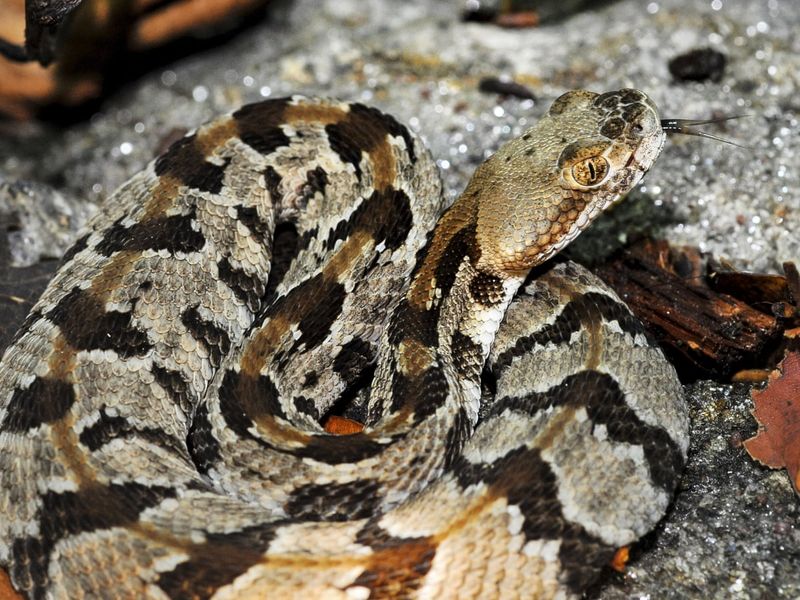
Surprisingly, Massachusetts has its own rattlesnake challenges, especially along its beautiful coastlines.
The Cape Cod dunes are home to these sneaky serpents, hiding among the landscape.
Rattlesnakes blend seamlessly with seagrass, moving quietly under the ocean breeze. While enjoying the beach, it’s easy to miss these masters of disguise.
Be mindful where you step, as these rattlesnakes, though rare, are a reminder of nature’s unexpected surprises.

